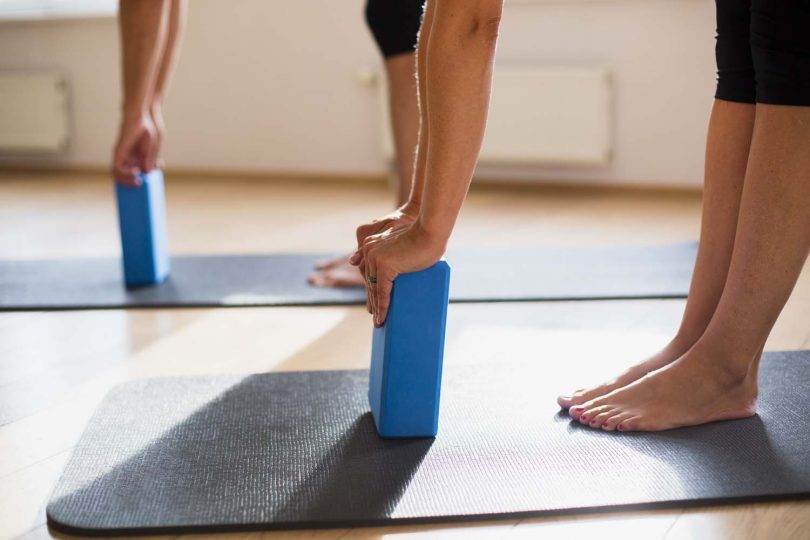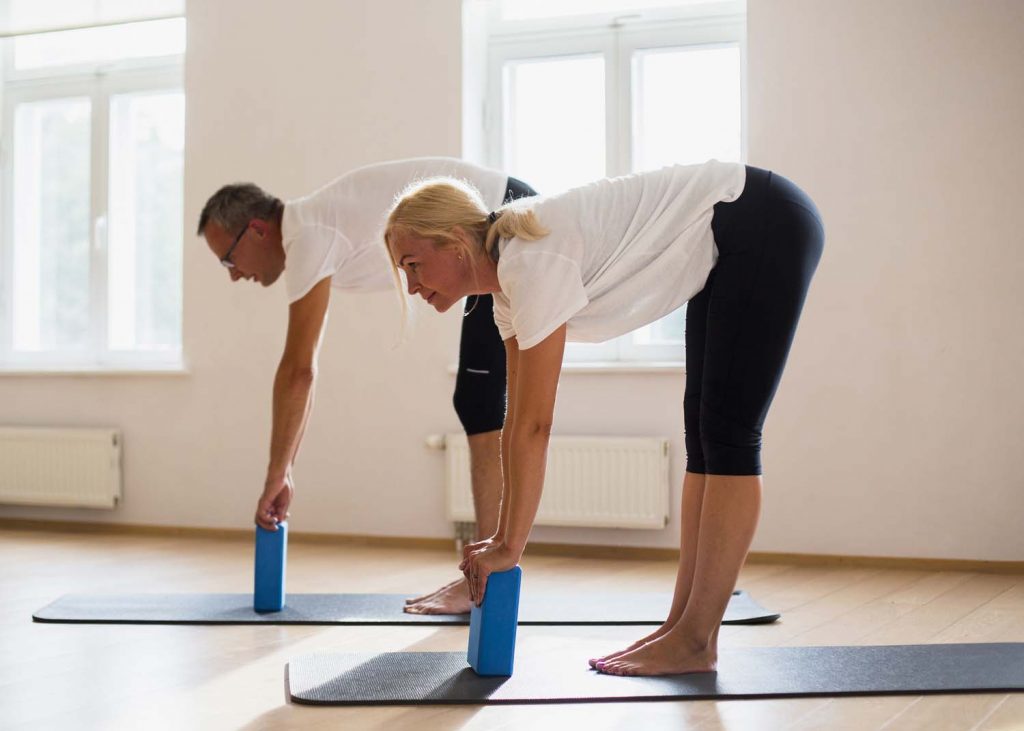What does “functional” mean?
I like to think I teach functional yoga but what does that mean? The term “functional” is talked about a lot these days amongst fitness professionals and physiotherapists. So, what exactly does it mean? Usually, functional movement is referring to the movement patterns our body goes through regularly to do what we need to do in life. The biomechanical patterns which our body’s muscles, joints, and nervous system coordinate to fulfill a daily task are referred to as functional movements. To be truly nourished, our bodies want and need to move in multiple directions with multiple joints moving, also involving our core musculature.
An example of this would be sitting down on and getting up from a chair. This is a functional movement pattern which we do daily which involves the legs, the pelvis, the spine. The same applies to walking upstairs, taking washing out of the washing machine, and so on. To achieve these tasks, our muscles and joints work with our nervous system to create movement.
Our bodies are very much designed to move in different planes of motion; to twist, turn, bend, reach, pull, push. However, many people tend not to explore the full range of movement that their bodies can achieve. Picture the average office worker; drive to work, sit at a desk, return home, sit on the sofa, then go to bed. However, functional movement patterns for a professional footballer might look very different to this. Functional movement in an exercise or yoga class is about encouraging all the movement patterns our bodies can achieve in order to reduce the chance for injury and to work on our biomechanics.
We know not everyone is inactive, but we also know that sedentary behaviour is a growing lifestyle trend and with it, chronic conditions such as back pain are increasing in our society. This has influenced those working in the field of rehabilitation and fitness to look more at increasing function in the patients and clients they work with. It is about trying to improve the lifestyle and wellbeing of each patient by getting them to build strength and mobility throughout their body to give them the best quality of life they can achieve.
What is functional yoga?
I come from a background in musculoskeletal injury rehabilitation in an NHS physiotherapy department and my yoga style was strongly influenced by working with patients with injuries. Their goals would generally be to get back to doing what they enjoy doing, whether that be playing golf, football, running, getting back to work, or just walking to the shops or picking up their grandchildren. I used the term “functional yoga” to describe my own brand of hatha yoga with its focus on improving day-to-day function for those attending my classes. I have discovered many other teachers worldwide are doing the same in their classes, also using the “functional yoga” tag. It simply means working to build strength and mobility to be able to do what you need to do in your everyday life and therefore improving your daily function.
What to expect from a Functional Yoga class
Functional yoga classes focus on each person and their particular needs so the use of yoga props such as belts, yoga blocks and chairs is common. For example, if a student cannot balance on one leg, they can hold onto a chair. If they don’t have the flexibility to reach a hand to the floor in half moon pose, they can use a chair or block to adapt this asana.
Sometimes a yoga teacher will be concerned about what an asana or yoga pose looks like, the aesthetics of it if you will. In functional yoga, it is more about how that pose works for you and the effect it has on your body rather than what it looks like. As we know, mobility varies from individual to individual, is dependent on our genetics as well as life experience and lifestyle. Therefore, a forward fold or uttanasana might involve touching the floor for some whilst for others a more functional uttanasana would involve placing hands on some stacked blocks in front of their feet with a big bend in the knee. We adapt the pose to suit the person, not the other way round.




